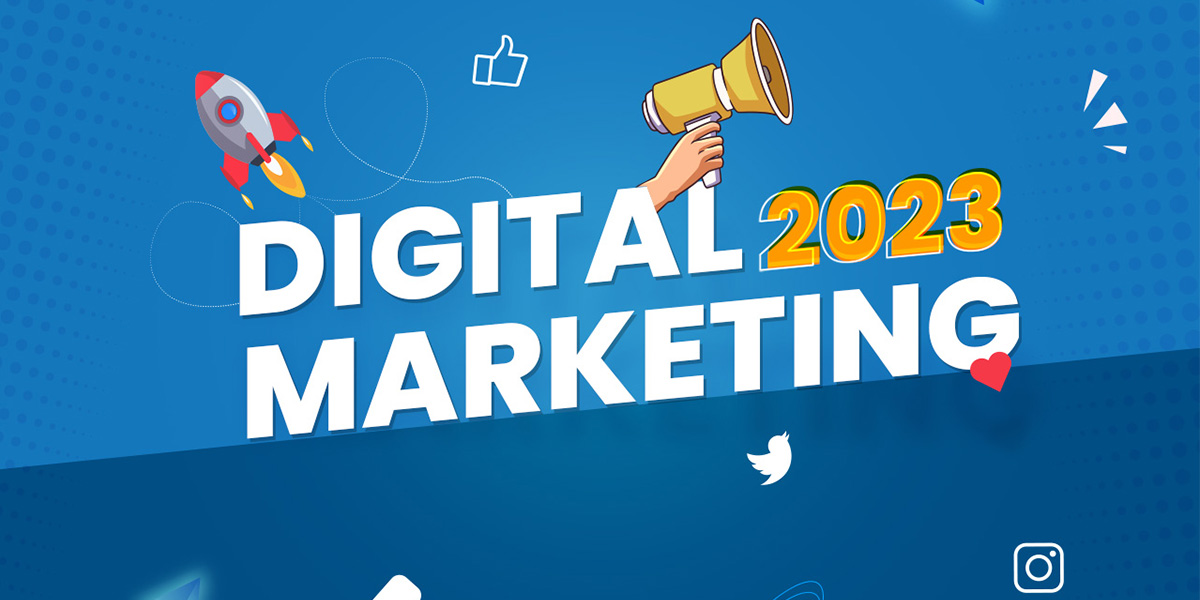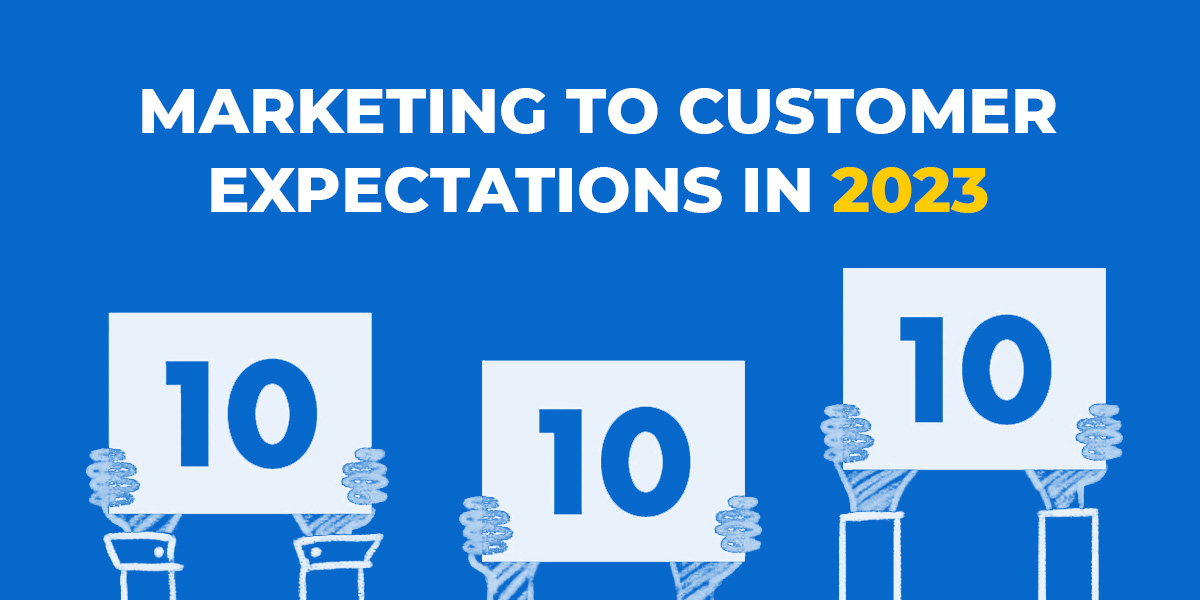
What will digital marketing look like in 2023?
From colorless television and annoying radio advertisements to keyword analytics and digital platforms. The advancement of marketing has been significant, and it will continue. In 2023, digital marketing has a lot to offer, and we’ll work with your company to create a successful profit picture as well. Every business now needs to adapt to the changes and make the most of them because the tried-and-true marketing strategy has changed.
In our upcoming blogs, we’ll try to cover all that will change in the year 2023 and shed some light on the most promising and expected innovations in digital marketing so you may have a front-row seat.
-
Upcoming Marketing Trends
-
Marketing to customer expectations in 2023
Upcoming Marketing Trends
1) long-term connections between influencers and brands
93% of marketing professionals use influencer marketing because:
-
Reaching their target audience
-
Increasing brand awareness
-
Increasing Conversions
-
Building authority and trust
-
Producing leads
-
Reaching a larger market
Historically, word-of-mouth promotion has been one of the most effective marketing techniques. If someone they know and trust suggests a product or service, people are more willing to give it a try. Influencer marketing takes that idea and updates it for the current digital era by partnering a business with an individual who has a specialty and a sizable online following.
While 2023 is not the first year for this type of social media marketing, brands are embracing the chance to create more sincere bonds with their target audience by selecting long-term “brand ambassadors.” These cooperative relationships enable the brand to form enduring bonds with its influence partners, while the influencers can uphold credibility with their audience by consistently promoting the same brand.
2) Live streaming and video content
Because video-based content can hold a viewer’s attention for a longer time than static posts, it is becoming a key focus area in social media marketing. Marketers are using bite-sized videos to drive engagement and increase brand awareness among millennials and Gen Z, from TikTok to Instagram reels.
Live streaming is also proving to be a successful marketing strategy. According to one report, in 2021, consumers will spend approximately 548 billion hours streaming via mobile devices. When combined with influencer marketing, live streaming allows potential customers to interact with influencers who are familiar with the product, talk about it, and buy it all while watching the stream.
3) New strategies for targeting
Because of growing privacy concerns, Google plans to phase out third-party cookies by the end of next year. Cookies allow advertisers to deliver a customized experience by tracking a user’s behavior across the web. Brands are testing alternative targeting solutions in order to continue developing highly personalized content and add in order to stay relevant.
4) Agile marketing
Agile marketing, as the name implies, is a method inspired by the Agile method. It is a method of working that entails rapid iterations rather than one large project.
Agile marketing prioritizes real-time collaboration (over disparate systems and hierarchy) and is designed to allow marketers to respond to change more quickly.
Agile marketing has the following advantages:
-
Flexibility to adapt to change because of iterative planning.
-
Capability to deliver value early and frequently by organizing individuals into small cross-functional teams capable of completing projects independently
-
More emphasis on customer value and business outcomes rather than activity and output
-
More data-driven decisions because of a focus on experimentation
-
Improved transparency and collaboration via visualized workflows and frequent touchpoints
These are the marketing trends to look out for in 2023. The problem of how companies will develop new marketing tactics now arises. For more information, read our upcoming blog on managing your marketing.
Marketing To Customer Expectations in 2023

Making a solid short-term plan requires monitoring where you’re going in the long run. Nobody can predict the future of marketing with certainty, but industry professionals can provide useful insights and predictions into some possibilities.
Nobody could have predicted how 2020 would alter the marketing landscape. Those who meticulously planned out their marketing activities based on what they knew at the beginning of the year had to scrap their plan and start over. So read ahead to know more about the changes your business can adopt to excel the performance.
1) Consistent customer interactions
Customers expect a personalized, tailored experience that addresses their specific needs. Marketers must avoid viewing campaigns solely through the lens of a single method or channel through which customers interact with brands.
Marketers must understand specific interactions throughout the customer journey and focus on the entire experience rather than on a single campaign.
Creating a customer journey map is one way to better understand your user experience. A customer journey map is a visual representation of how a customer acts, thinks, and feels during the purchasing process, and it can be a useful tool for creating a unified experience.
2) Enhanced user experience on all platforms
User experience, or UX, is more than just a trendy term. It refers to a person’s emotions when interacting with a system. A good user experience design provides a positive experience that meets the needs of the user and keeps them loyal to the product or brand.
Your website (and/or app) is arguably your most valuable marketing asset, and a great user experience can make or break your ability to convert top-of-funnel consumers into customers. Keep the layout simple, include easy-to-use navigation, and don’t overwhelm users with too much information on the main landing pages when designing your site. You should also optimize your website for mobile, especially since more than half of all users worldwide browse the web on their phones.
3) SEO voice search strategies
Marketers are using voice search as a tool for search engine optimization (SEO). They designed these digital assistants to provide quick answers to questions like “Who sings Bohemian Rhapsody?” “How is the weather in San Diego?” However, they have processed more customized searches, such as “What coffee shops are open near me?” “Do they have chai lattes?”
Businesses are responding by altering how information is presented. Creators are using more conversational question-and-answer formats to answer readers’ questions based on intent. When customers use voice search, they will receive high-quality, accurate responses more quickly.



